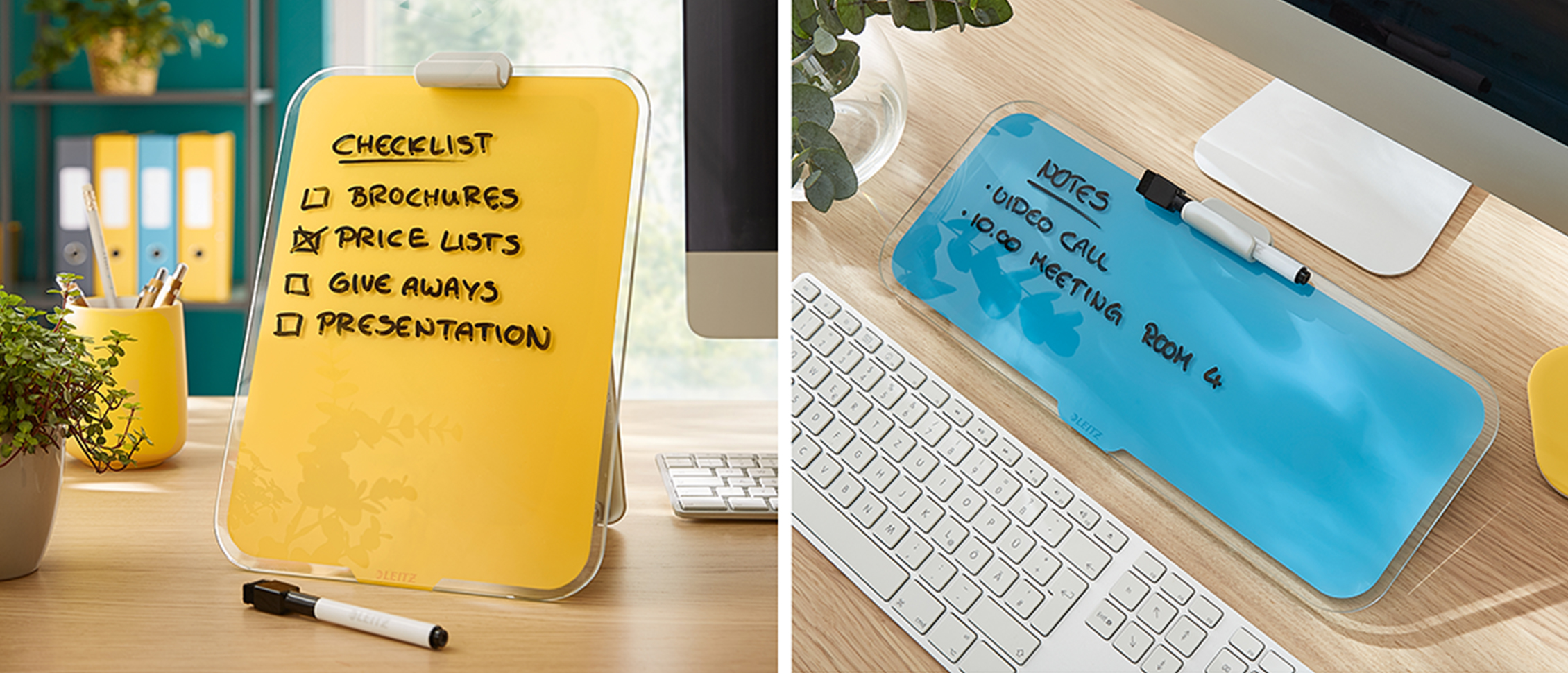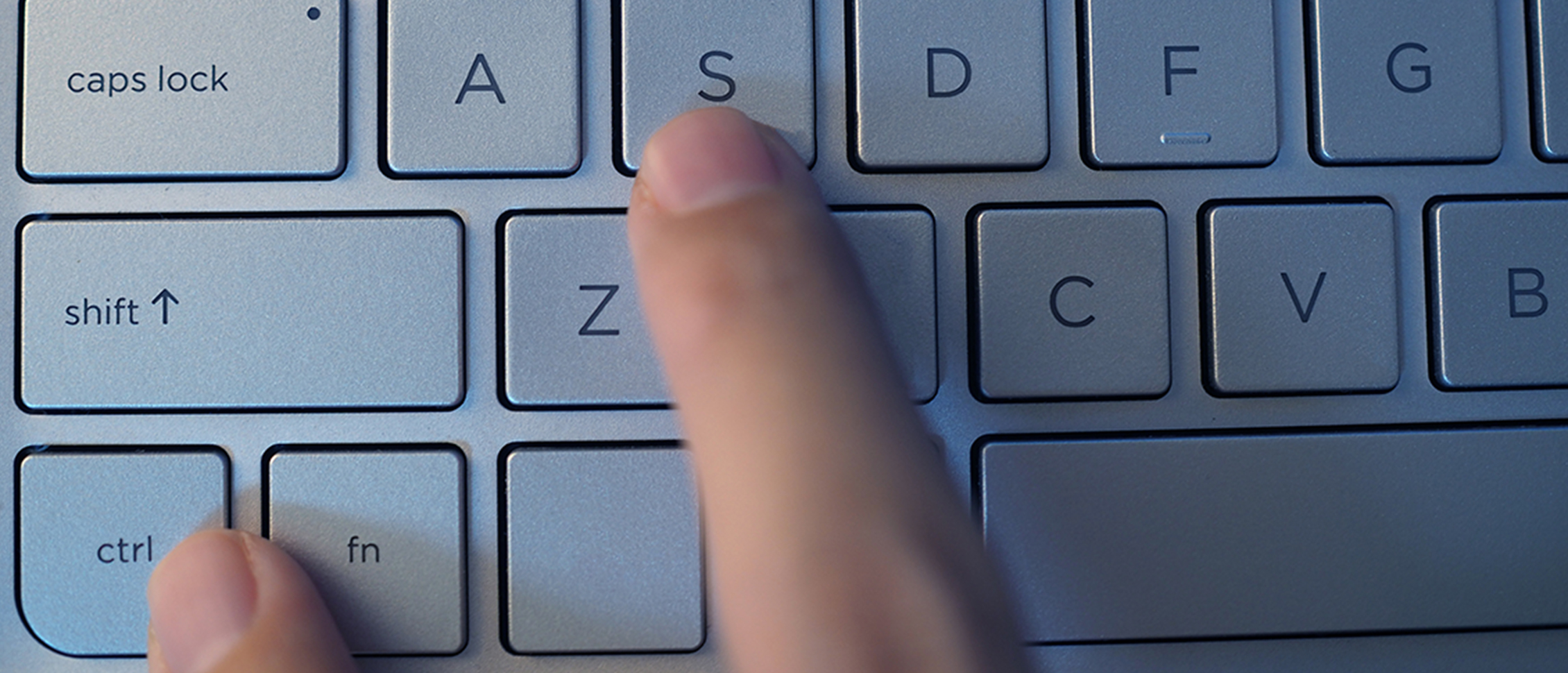10 Simple Work Habits for When You Need a Break
17.11.2021

We’ve all experienced the feeling of being overloaded at work. Sometimes, with a never-ending list of tasks, meetings, and phone calls it can feel like the only thing to do is keep going until you finish everything. But working too hard for too long will inevitably lead to stress, which can develop into burnout. Both can negatively impact your mental and physical health, affecting both your work and personal life.
However, there are some simple habits we can employ in our working day to encourage us to take a break and make our workload more manageable. By doing this, we can avoid experiencing burnout symptoms and also end up achieving more.
Manage Your Time
Start with planning out your day to see exactly what you can reasonably fit in. You only have so many hours in the day, so you’ll only be able to achieve so much – you shouldn’t try to fit in too much for one day. If you have some tasks that need to be delegated, make sure you do that.
Having an achievable plan for the day will help you to feel less stressed and overwhelmed. If you find that you consistently have too many tasks that you can’t fit into your working day, speak to your manager. They’ll have a duty of care in the workplace they’ll want to adhere to, so you can work together to find a workload that won’t subject you to burnout.
Prioritise and Focus
As part of your time planning, prioritise your tasks. You probably don’t have to achieve everything all in one day, so start with the most important and work from there. Whilst you work through your priorities, make sure you only attempt to finish one task before you start another. You may find that you can actually achieve more when you only focus on one task at a time, rather than being distracted by other things.
Writing down your tasks and projects can help you to prioritise them. You’ll also have the peace of mind that you’ve accounted for everything you need to do, and you won’t need to do multiple tasks at once out of fear that you’ll forget to do something. A whiteboard is a great way of keeping track of what you need to do, or you can use a desktop glass notepad or easel that sits directly on your desk. All are easy to use to jot down notes and then wipe them away when you move on to the next task.

Find a Work-Life Balance
It’s vital to find a healthy work-life balance to take a proper break and avoid occupational burnout. As part of your daily work habits, set a solid start and end time for your working day. With technology allowing us to be constantly connected, it can be all too easy to check your emails before bed or as soon as you wake up. By being strict with yourself and not working before or after your scheduled working day, you can make sure you are keeping a healthy balance and separation between your work life and personal life.
It can be especially difficult to find a healthy work-life balance if you’re working from home and have less separation between the two. In this case, it can be helpful to have a dedicated workspace that you can walk away from at the end of the working day. Whether you have a home office, or a workstation set up in your bedroom that you can pack away, make sure you can separate yourself from work when it’s time to finish. This way you can avoid working from home fatigue by making sure you are taking a proper break from work.
Set Boundaries
As well as setting yourself boundaries with the length of your working hours, you should also set boundaries when it comes to helping others. If you already have a full work schedule, think carefully before you volunteer for overtime or to take tasks from other colleagues.
If you’re the type of person who enjoys helping others, it can be difficult to learn to say no. But it’s important for yourself and for your productivity to not take on too much. If you have a colleague who is overloaded, speak to your team about who might have the time to help, or ask your manager to allocate the project instead. If your manager is asking you to take on more work, have a discussion with them about your workload. Be honest and explain that you are already at capacity and are unable to take on more. This can help you make time to take a break from work.
Use Talk-to-Text Typing
A practical habit you can incorporate into your working life is using talk-to-text typing. Rather than typing out your thoughts or ideas, you might find it easier to use a talk to text app on your phone or computer, which allows you to talk freely and will transcribe your thoughts for you. Not only can this save you time, but it can also help you to avoid strain from excessive typing. By speaking into your device, you can make sure all your thoughts have been recorded so you can take a break knowing that you’ll have that to refer to later.

Learn Keyboard Shortcuts
Another practical habit for your day-to-day work is learning keyboard shortcuts. Both Windows and Mac have many keyboard shortcuts that can save you time, and Gmail has a number of shortcuts that can help you to quickly organise your inbox. Whilst you might have to take some time to learn the shortcuts first, once you know them you’ll be able to work much more efficiently, which will end up saving you time in the long run. Once your day-to-day work is more streamlined, you’ll find that it’s easier to keep on top of your tasks without feeling overwhelmed.
Schedule Breaks
If you need to take a break, then make sure you take a break. It sounds easy, but it can be difficult to do in practice, especially if you are feeling overwhelmed with the number of tasks that you need to do. However, if you don’t take breaks, you’ll find that you’re less able to focus on what you need to do, and you’ll be less productive. So, by taking breaks, you’ll probably be able to achieve more and produce work to a better standard.
Set reminders in your work calendar or set alarms on your phone to step away from your screen. Even taking a small break to step away from your desk for a minute or two every hour can help you to feel less stressed. Plus, it can also help you avoid aches and pains associated with desk working. Make sure that you don’t do any work during your scheduled break time. Instead, find something that can relax you and help you to reset.
Get a Good Night’s Sleep
You won’t be able to work at your peak performance if you’re sleep-deprived. If you can’t work properly, you’ll feel more stressed and overwhelmed. By getting a good night’s sleep, you can start your working day feeling refreshed, focused, and able to take on your tasks.
Establish a relaxing bedtime routine to help you power down for the night. This will link in with finding a work-life balance – so, don’t check your emails or work on any projects too late or close to bedtime.

Eat Healthy Food
If your body doesn’t have the right fuel, it won’t be able to perform properly. If you’re feeling stressed, it can be easy to reach for some junk food or even forget to eat altogether. But you should make sure you eat healthily throughout your working day, to help you feel focused.
If you’ve scheduled to take breaks, use one to make a healthy snack for yourself, focusing on nutrition, not junk. Fruit and nuts can give you a well-needed boost of energy and won’t leave you crashing like a chocolate bar or other sugary snack might do. As well as food, you should make sure to drink plenty of water whilst you’re working so you can keep hydrated.
For more tips about eating healthily when working from home, read our blog.

Exercise
Whilst you might think it will be difficult to find the motivation to exercise if you’ve been overloaded, working out can actually give you more energy. Find something that you enjoy, whether that’s going for a run, going to the gym, or doing a home yoga class. As well as a healthy body, exercise can also help encourage a healthy mind, by releasing endorphins and contributing to a good night’s sleep.
During your scheduled breaks, stretch or go for a quick walk to get your body moving. If you have some extra time, go for a longer walk and make sure to leave your phone at home or turn off notifications for the duration. This will let you completely switch off from work and reset, so you can return to your desk ready to achieve your next task.
At Leitz, we know how important it is to take breaks from work, so you can make time for yourself and also achieve the best work possible when you’re ready to return. Take a look at our WorkLeitzBalance page for more resources on how to reach a healthy work-life balance.